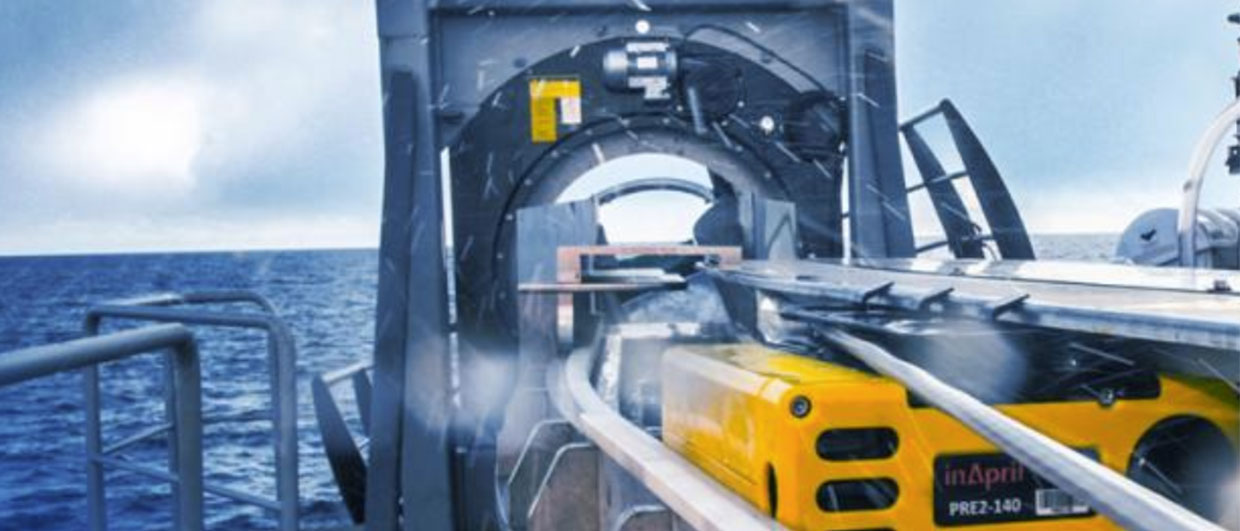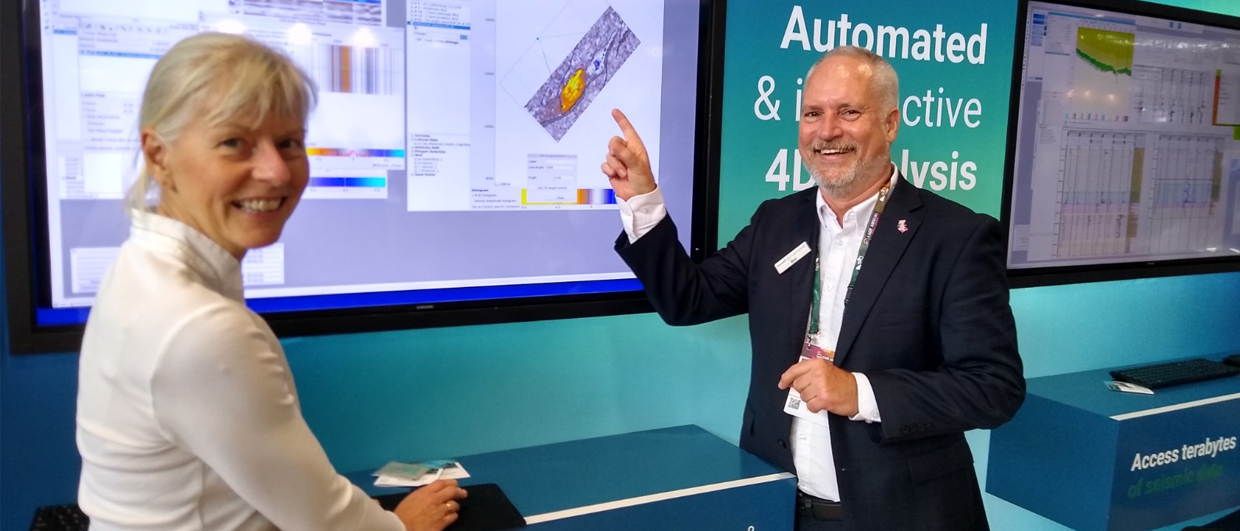The traditional model of survey design uses a survey design tool to create geometry which is passed to a different program – often Excel – to estimate cost. Iterating to find the most cost-effective survey design using this approach is slow, error-prone and often results in sub-optimum survey design.
TesserACT addresses these problems by allowing a user to simultaneously define and modify geophysical and operational models. As a design is updated, the user immediately sees the changes in cost and quality.
Until now, TesserACT has focused primarily on the efficient placement of sources and receivers, and the most cost-effective acquisition sequence. 3D ray tracing capability has now been added with the introduction of Z-Design as a seamless plug-in to TesserACT.
ACTeQ’s philosophy is to avoid re-inventing the wheel. A number of potential industry partners were evaluated and Houston based Z-Terra was selected as a collaboration partner. Z-Terra has provided access to 3D ray tracing technology developed over many years, allowing Z-Design to deliver advanced technology seamlessly integrated with other survey design and optimisation functionality such as hazard avoidance, compressive sensing, weighted path optimisation.
TesserACT offers functionality for land, marine (streamer/cables/nodes), transition zone, borehole and hybrid (streamer over nodes etc.) projects.
Further information at ACTeQ.net





